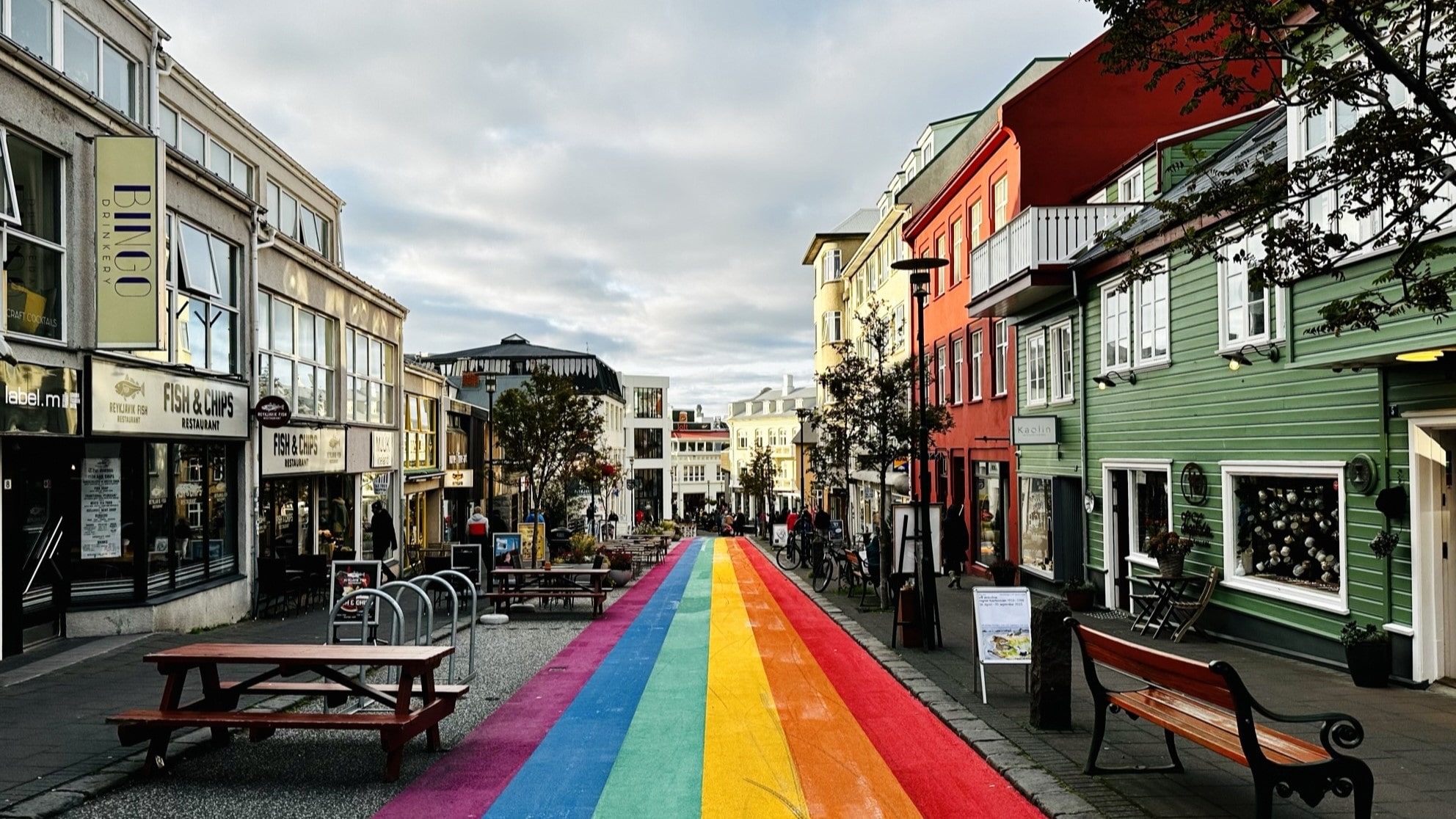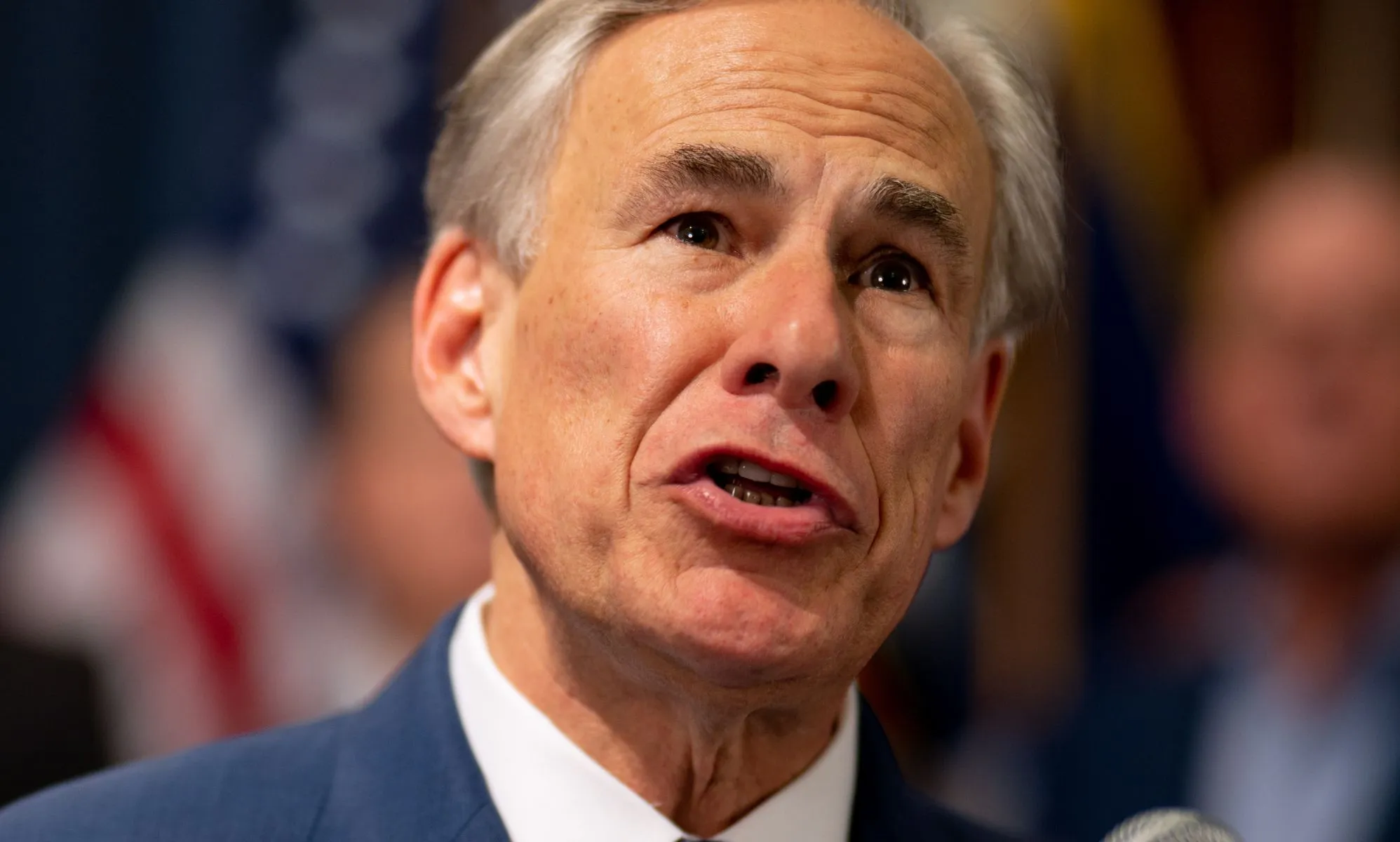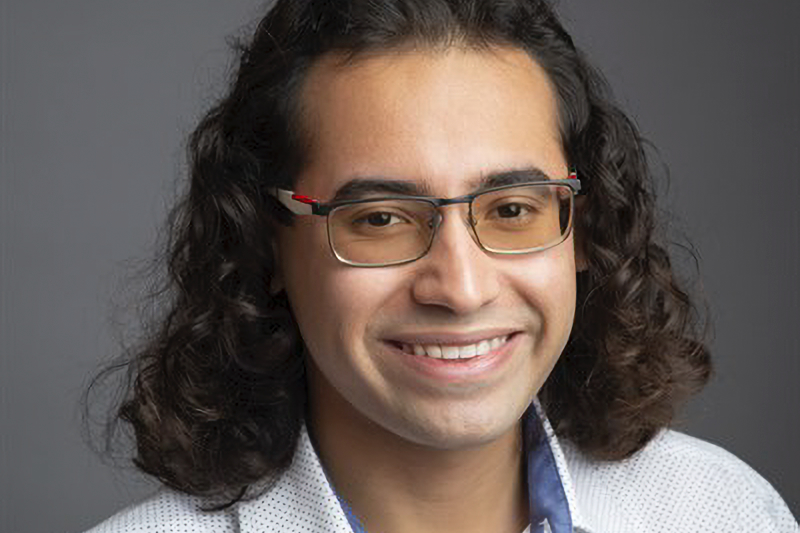
Back to Publications
Rainbow Street section of Skólavörðustígur in Reykjavik, Iceland. Photo: APK
“I go out seal hunting with my best friend Tarka
But all I want to do is get into his parka
I’m the only gay Eskimo
In my tribe”
While these highly abusive and outdated verses from the song “Eskimo” by Corky and the Juice Pigs might have sparked some laughter in the early 90s (and surely today as well), they reflect a notion of a queer Inuk that has not been a part of Inuit realities in 1993, when the song came out. This is not to say there haven’t been any Inuit who were queer, gay, lesbian, transgender, bisexual, nonbinary or non-conformist with the heterosexual, binary, male-dominated world in any way, on the contrary; the spectra of Indigenous genders and sexualities often transcend the ‘classic’ terminology of the LGBTQ+-community. And even if terms like Indigiqueer, Two-spirit, sipineq or berdache have only recently found their way into discussions by researchers as a label from outside and Indigenous peoples alike, their existence dates back way further into precolonial times. The mere existence of these concepts, however, does not entail acceptance, tolerance and rights for members of the LGBTQ+-community whatsoever. In other words, even if the fight for queer people has advanced a lot since the 1990s, queer Indigenous peoples – and Inuit in particular – are still heavily affected by discrimination.
Even when it comes to specialized research networks like Gender Equality in the Arctic, UGEEA or Gender in the Arctic, the focus mainly rests on women and feminism, and rarely includes research about gender expressions and identities off the binary. Debates about gender and feminism have also found their way in the Arctic Circle Assembly in Reykjavík 2023, but a forum offering vulnerable minorities like queer Indigenous people a platform is yet to come. While we acknowledge the intersectionality of a queer feminist perspective and recognize the female body in the Arctic to be especially vulnerable in a gendered world, we also need to pay attention to queer perspectives that extend the female world (this is not to say that these are mutually exclusive).
There are, nonetheless, networks where queer research is discussed, such as Pride in Polar Research, APECS Germany or organizations that are devoted to queer Indigenous people in their country, like Sipineq+ or Lgbtq+ Greenland, of which all are younger than seven years. Despite providing very much needed services and support for members of the LGBTQ+-community and reclaiming narratives about tradition, culture, the colonial body and gender relations, they also fail to facilitate scientific insight about everyday queer life in the Arctic.
Thus, The Arctic Institute is proud to launch their first-ever series solely dedicated to queer life in the High North, called Queering the Arctic. With this series, we want to give scholars, authors and queer people the platform to explore queer Indigenous spaces in the Arctic and share their opinions, experiences and insights. It is an opportunity, also for The Arctic Institute, to broaden our horizons and get a glimpse of the complexities and realities of what it means to be a member of the LGBTQ+-community above the Arctic Circle.
The series will be opened by social anthropologist Jean Balestrery, who is also a health practitioner. As such, she is constantly advocating for education and health care for women and members of the LGBTQ+-community. In her article, she takes a close look at the LGBT Equality Index, listing the most LGBT-friendly countries in the world. By interpreting and mapping the numbers and rankings of the index, she is providing us with an analysis, taking into account the notion of the Arctic as a Hope Spot for queer people when it comes to the jurisdiction and public opinion on a national level.
To give an example of a hope spot, TAI’s Apostolos Tsiouvalas, current PhD Candidate at the Norwegian Center for the Law of the Sea at the University of Tromsø, provides important insight in how a safe space is conceptualized in Northern Norway by making art. He carried out an interview with Marion Bouvier, the founder and former director of the Open Out queer art festival, which is held annually in Tromsø. Together, they redefine safe spaces to be a practice rather than a method or a theoretical frame. In doing so, it turns out that making queer art means creating safe spaces. And even if there is still work to be done, the notion of the Open Out festival as a hope spot becomes apparent.
In yet another interview, Jaime DeSimone, Chief Curator at the Farnsworth Art Museum in Rockland, Maine (USA), gives us one example of how this process of dealing with queer issues through art against the male-dominated imperial gaze can look like. Her interview partner, Justin Levesqueis a queer, interdisciplinary artist living with hemophilia. Their focus lies on Levesque’s work Geographical Problems that was created for the exhibition Down North. As queer disabled person, Levesque processes his experiences as an artist-in-residence onboard a container ship sailing the Arctic, thereby re-embodying and simultaneously challenging the Western narrative of the male, able-bodied, straight explorer. On an iconographic level, Levesque’s use of the colour blue is also discussed, opposing and linking virtuality with reality while challenging the spectator to rethink the symbolic meaning of blue.
The series will be topped off with a literary analysis by Morgen Mills, author and consultant. In her analysis of Elizabeth Goudie’s memoir Woman of Labrador, Mills reflects upon the meaning of Goudie’s book for Labradorian women today. Even though Woman of Labrador is not a queer book per se, Mills reconceptualizes queerness as being different. Thus, she is queer reading the book and connects its identity-building character to being a trans woman herself. In doing so, the concept of queerness is expanded and re-interpreted as an (un)belonging – a feeling, most queer people experience at some point in their lives. This shows us, that even if stories may not be queer in a classical sense, they might still relate to queer people and their constant fight to belong, maybe even more so in the Arctic, considering the sparse literature about LGBTQ+-topics about and written by Indigenous People.
At the end of the series the questions remain: What can we learn from these contributions and how do they enrich our knowledge about queer lives in the high north? The answers to these questions are considered twofold. Firstly, the series challenges the imagination of a monolithic and homogenous queer experience. There are as many stories to tell as there are queer people. Thus, we must see these four articles as what they are: Four different ways to engage with queer Arctic life. And yet, we see a sense of togetherness and community that is often threatened or questioned, may it be by families, other Indigenous people or the heteronormative societal structures in general.
Secondly, the series also reveals blank areas when it comes to insights about queer Arctic life and everything that comes with it. It is impossible to depict every aspect of the LGBTQ+-community in four articles, but until the hope spots become areas and the blank areas become spots, one should not stop trying.



